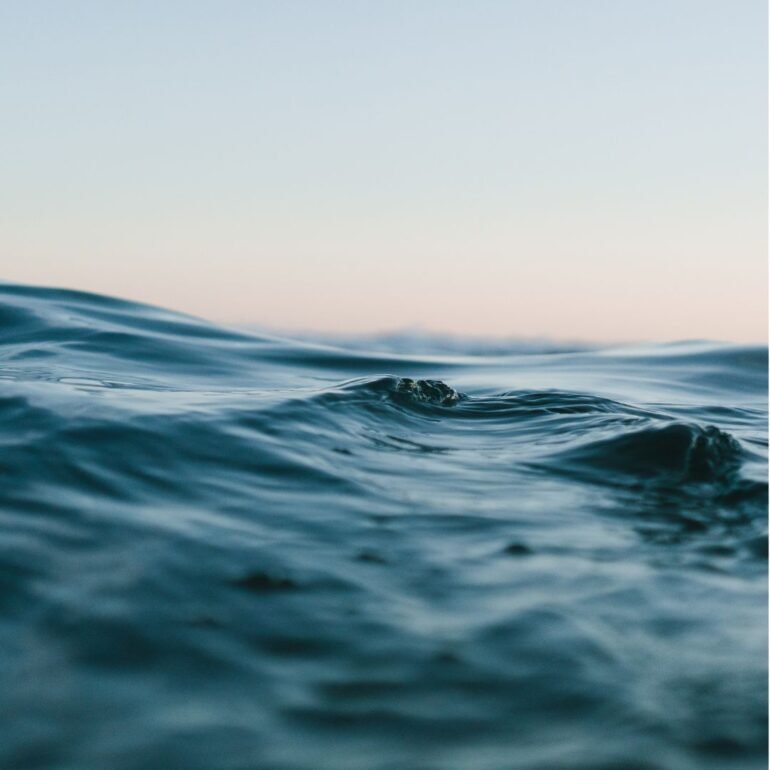Urbanization is set to increase the demand for power and water, prompting a new study to advocate for the use of treated wastewater as a sustainable solution.
Researchers from the National Institute of Advanced Studies (NIAS) highlight that thermal plants in Ballari and Raichur can reduce costs and alleviate the strain on freshwater resources by utilizing treated wastewater.
The study reveals that residents in these cities receive 100 liters per capita per day (lpcd) of water, well below the 135 lpcd recommended by the Ministry of Housing and Urban Affairs.
Ballari and Raichur house several large thermal power stations, including the Raichur TPS (1,720 MW), Yeramarus (1,600 MW), Ballari TPS (1,700 MW), and the JSW captive power plant (860 MW). Except for the JSW plant, water consumption in these thermal plants exceeds the standard of 3.5 cubic meters per MW.
Water shortages have previously led to partial shutdowns, such as the 60-day closure of RTPS in 2016 and the 98-day closure of BTPS in 2017-18. Given that thermal plants contribute to 72% of India’s electricity, ensuring their reliable operation is crucial for affordable power supply.
The study suggests that treated wastewater, which is significantly cheaper than freshwater, can be a viable alternative.
For example, the Koradi TPS in Nagpur uses treated water at a cost of Rs 3.73 per cubic meter, compared to Rs 9.6 per cubic meter for freshwater, resulting in substantial savings and conservation of freshwater.
By 2050, Ballari’s population is expected to reach 9.2 lakh, with a domestic water demand of 124 million liters per day (mld), while Raichur’s population will grow to 3.67 lakh, requiring 50 mld.
However, water supply capacities will fall short due to losses during distribution. Additionally, the water demand for Ballari TPS and industries will rise to 74 million cubic meters (MCM) annually, while Raichur TPS and industries will need 40 MCM annually.
The study proposes that urban local bodies should partner with thermal power stations to construct treatment plants, with the costs covered by the power stations. This collaboration could lead to significant savings and increased freshwater availability for domestic use.
For instance, by 2030, Ballari could see an additional 14 MCM of water per annum, translating to 30-40 lpcd more drinking water for residents. Rudrodip Majumdar, one of the study’s authors, emphasizes the growing importance of treated wastewater, especially with potential climate change impacts on water resources.
He notes that while tertiary treatment is costly, it is necessary for meeting the specific water quality requirements of thermal power stations, depending on their various processes.



